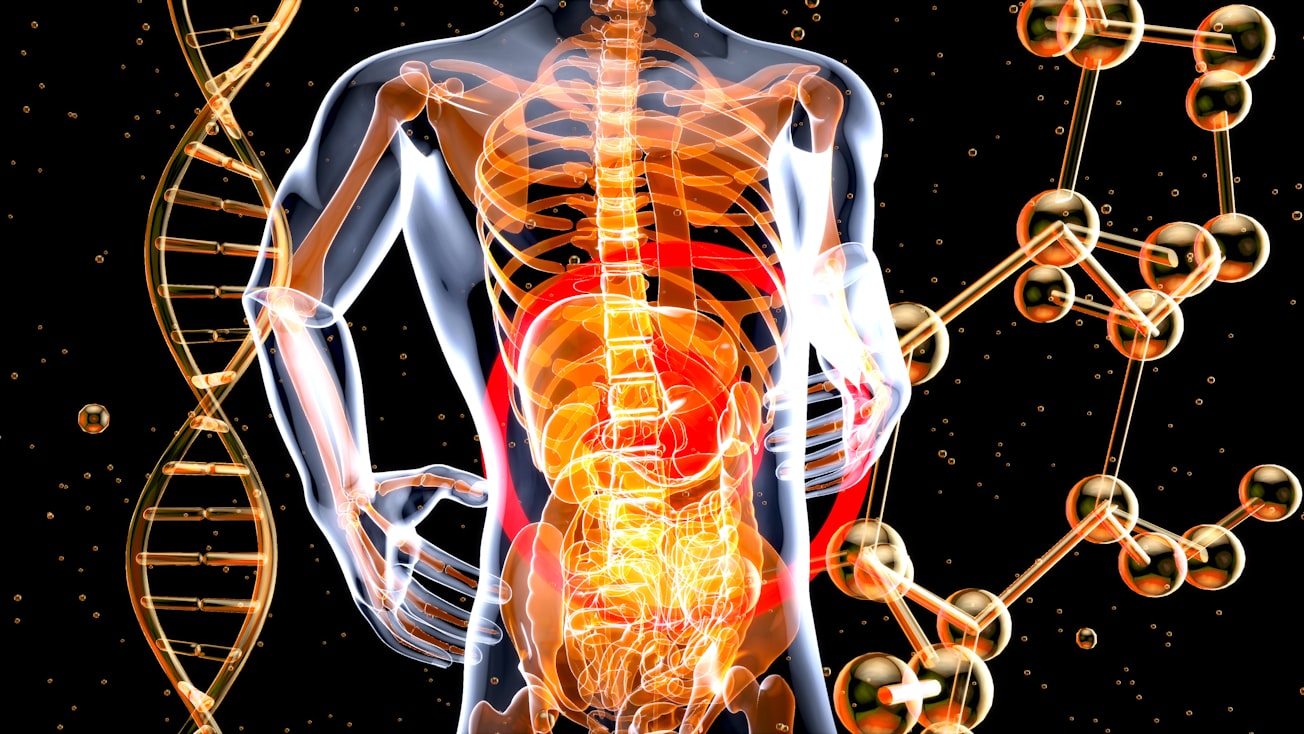What is it about?
During the past decades, the pathogenic role of parietal epithelial cells (PECs) in focal segmental glomerulosclerosis (FSGS) and crescentic glomerulonephritis (GN) has become evident. The development of extracapillary lesions in FSGS and crescentic GN is closely associated with PEC activation. PEC activation describes the phenotypic switch from their normal quiescent state to one in which they proliferate and migrate to the glomerular tuft, leading to glomerular injury. Nonetheless, the mechanisms that drive PEC pathogenic recruitment are unknown. We demonstrated that preventing local expression of the CD9 molecules by PECs alleviates damage of the kidney's filtering units (the glomeruli) in two distinct severe diseases, Crescentic GN and FSGS. Furthermore, we demonstrated the capability of PECs to sense local changes in attracting molecules that provokes their pathogenic migration and revealed a critical facilitating role for CD9 in this process
Featured Image

Photo by julien Tromeur on Unsplash
Why is it important?
Taken together, Lazareth et al proved that increases in de novo CD9 expression are crucially involved in PEC activation and glomerular disease. In addition, CD9 regulates HB-EGF-EGFR and PDGFR signaling in PECs and ITGB1-mediated PEC migration. Furthermore, and more broadly, the study indicates that PECs have become crucial therapeutic targets for extracapillary diseases.
Perspectives
CD9 staining may be considered for early diagnosis and management of these severe kidney diseases. Finally, our study suggests a concept in which severe kidney diseases characterized by pathogenic PEC recruitment to the glomerular tuft may depend on a CD9-dependent molecular complex that adjusts the threshold for proliferation and directional migration of these cells. The study indicates that PECs have become crucial therapeutic targets for extracapillary diseases.
MD, PhD Pierre-Louis Tharaux
Institut de la Santé et de la Recherche Médicale, Inserm
Read the Original
This page is a summary of: The tetraspanin CD9 controls migration and proliferation of parietal epithelial cells and glomerular disease progression, Nature Communications, July 2019, Springer Science + Business Media,
DOI: 10.1038/s41467-019-11013-2.
You can read the full text:
Contributors
The following have contributed to this page







